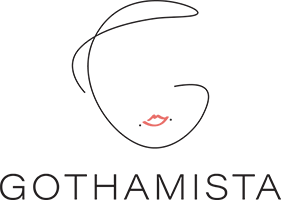
When it comes to achieving clear and balanced skin, exfoliation plays a vital role in any skincare routine. Among the various exfoliating agents available, Beta Hydroxy Acid (BHA) has gained significant popularity for its ability to penetrate deep into the pores, unclog them, and target specific skin concerns.
Check out the rest of our “Decoded” series.
What is BHA?
Beta Hydroxy Acid, most commonly known as Salicylic Acid, is a powerful exfoliant that works by penetrating deep into the pores. This allows it to effectively dissolve excess oil, unclog pores, and reduce inflammation. BHAs are particularly effective for treating acne-prone and oily skin. They can help minimise the appearance of blackheads, whiteheads, and blemishes while preventing future breakouts. BHAs also possess anti-inflammatory properties, which can calm redness and soothe irritated skin.
How are they different from AHAs?
BHAs and AHAs are both exfoliating acids that offer unique benefits for the skin. While AHAs primarily work on the skin’s surface, BHAs have the ability to penetrate deep into the pores, making them particularly effective for treating acne-prone and oily skin. AHAs, such as Glycolic Acid and Lactic Acid, are water-soluble and primarily target the outermost layer of the skin, gently dissolving dead skin cells and improving overall skin texture. On the other hand, BHA are oil-soluble, allowing them to cut through oil and sebum, effectively unclogging pores and reducing inflammation.
This key difference makes BHAs an excellent choice for those struggling with acne, blackheads, and whiteheads. On the other hand, AHAs are more suitable for addressing concerns like hyperpigmentation, fine lines, and dullness. Depending on your skin type and concerns, you may choose to incorporate either AHAs or BHAs into your skincare routine. Or even use them together for a comprehensive exfoliation approach!
BHAs in skincare
Look for products with a suitable concentration, typically ranging from 0.5% to 2%, depending on your skin’s tolerance and concerns. Start by using the product once or twice a week, gradually increasing frequency as your skin adjusts. It’s important to note that BHAs can make your skin more sensitive to the sun, so always follow up with a broad-spectrum sunscreen during the day. Additionally, avoid using BHAs in conjunction with other potentially irritating ingredients to prevent over-exfoliation and skin irritation.
Our favourite picks
Whether you want to target acne, oily skin, or clogged pores, BHAs can be a valuable ally in your quest for a healthier complexion. Which are your favourites to use? Let us know in the comments below!
